Fitbit Blood Pressure Monitor Watch (2023)
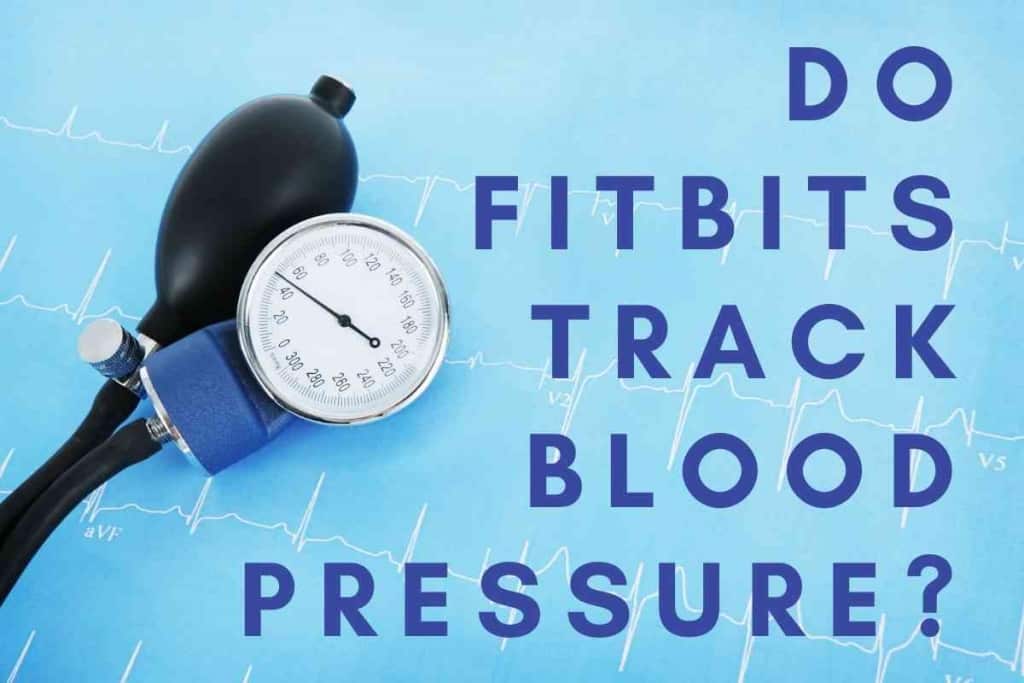
Monitoring blood pressure is a daily activity for millions of people. If Fitbit or other smartwatch makers had watches that monitor blood pressure, it could make a meaningful impact in the lives of so many people. In this article, I will share the latest news on how Fitbit monitors blood pressure today, and what they are working on for future improvements. It’s quite impressive!
Key Takeaways
- Fitbits offer valuable data on heart rate and physical activity, contributing to cardiovascular health awareness.
- Although Fitbits do not directly measure blood pressure, they can still provide important insights into your well-being.
- Ongoing developments in the wearable tech industry may result in future Fitbit models incorporating blood pressure monitoring features.
While researching Fitbit blood pressure tracking, be sure to bookmark these popular articles: How to tell which Fitbit you have, Why does Fitbit say “Look Alive”, and Does Fitbit Have Fall Detection. You can also visit our Fitbit section with over 100+ Fitbit articles.
Does Fitbit Track Blood Pressure?
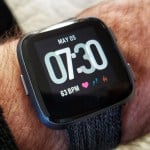
Fitbit devices currently do not have a built-in direct blood pressure monitoring feature. Still, they can estimate blood pressure using Pulse Arrival Time (PAT) technology on certain devices like the Fitbit Sense. PAT is an indirect method that estimates blood pressure based on the time it takes for the pressure wave to travel from the heart to a peripheral body site, such as the wrist.
Blood Pressure Monitoring in Fitbit Devices
Fitbit devices, popular in the United States and worldwide, provide various health and fitness tracking features. These smartwatches and fitness trackers monitor aspects like heart rate, sleep patterns, and physical activity, offering valuable insights into your overall health. One aspect to consider when assessing the value of these devices is their ability to monitor blood pressure.
Fitbit devices currently do not have a built-in direct blood pressure monitoring feature. Still, they can estimate blood pressure using Pulse Arrival Time (PAT) technology on certain devices like the Fitbit Sense. PAT is an indirect method that estimates blood pressure based on the time it takes for the pressure wave to travel from the heart to a peripheral body site, such as the wrist. While this can provide an estimate, it is not as accurate as traditional inflatable cuff measurements conducted by doctors or using FDA-approved devices like Omron’s HeartGuide.
We all know that tracking your blood pressure is helpful for maintaining cardiovascular health and preventing conditions such as hypertension, which can lead to stroke, heart attack, or heart disease.
The prevalence of high blood pressure underscores the need for accurate and accessible blood pressure monitoring tools. Fitbit and other smartwatch companies, including Apple, Google, and Samsung, are actively working on developing wrist-based blood pressure monitoring solutions.
One of the challenges for these wearable devices is obtaining FDA clearance for their blood pressure monitoring features. This requires a demonstration of the technology’s safety, efficacy, and accuracy before it can be incorporated into consumer devices.
In the meantime, tracking your blood pressure using established methods like regular doctor visits or at-home blood pressure cuffs is important.
While you can use Fitbit devices to monitor your heart rate and sleep habits, it’s essential not to rely solely on them for blood pressure monitoring. Ensure that you maintain a healthy diet, engage in regular physical activity, manage stress, and consult your doctor for periodic blood pressure readings.
Combining the insights from wearable devices with other preventive measures allows you to stay proactive about your cardiovascular health and overall wellness.
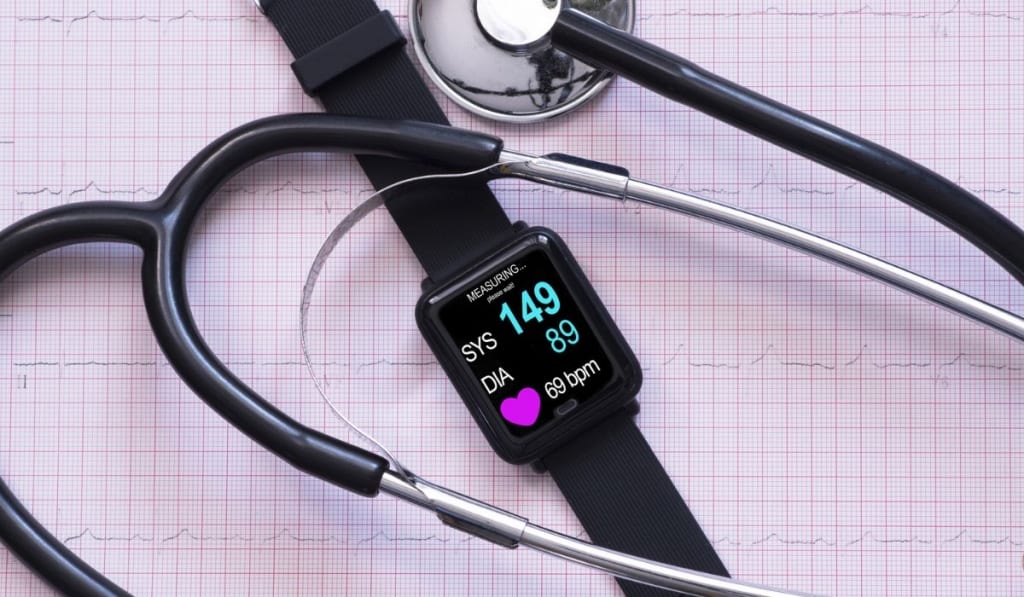
Technologies Behind Blood Pressure Measurements
You might be curious about how wearable devices, like Fitbit, can measure blood pressure. Various technologies and techniques are employed, including pulse arrival time, algorithm calibration, and monitoring of heart rate, blood flow, and artery pulse transit time.
First, let’s discuss pulse arrival time (PAT). It’s the time it takes for the pressure wave generated by your heartbeat to travel from the heart to your peripheral blood vessels. By monitoring PAT, the device can estimate your blood pressure levels without directly measuring it.
Another important aspect is the calibration of algorithms. These are vital to produce accurate measurements, as they adjust to the changes in your body conditions, making the readings more reliable. Fitbit and other wearable devices use complex algorithms calibrated to your personal data, like heart rate, to give accurate blood pressure estimations.
Now, let’s talk about heart rate. Your Fitbit records your heart rate by sensing and analyzing the pulsatile blood flow in your arteries. Since blood pressure and heart rate are closely related, these measurements can be used to analyze variations in your blood pressure.
In addition to PAT and heart rate, pulse transit time (PTT) is another useful indicator. It’s the time taken for a pulse wave to travel between two arterial sites. PTT is inversely proportional to blood pressure, meaning as blood pressure increases, PTT decreases. Wearable devices can use PTT values to estimate blood pressure levels with the help of sophisticated algorithms.
As you can see, the technologies behind blood pressure measurements in devices like Fitbit are becoming accurate and reliable thanks to sensor technology and data processing advancements.
By putting these techniques together, you can better understand your overall health and make well-informed decisions about your lifestyle to maintain optimal blood pressure levels.
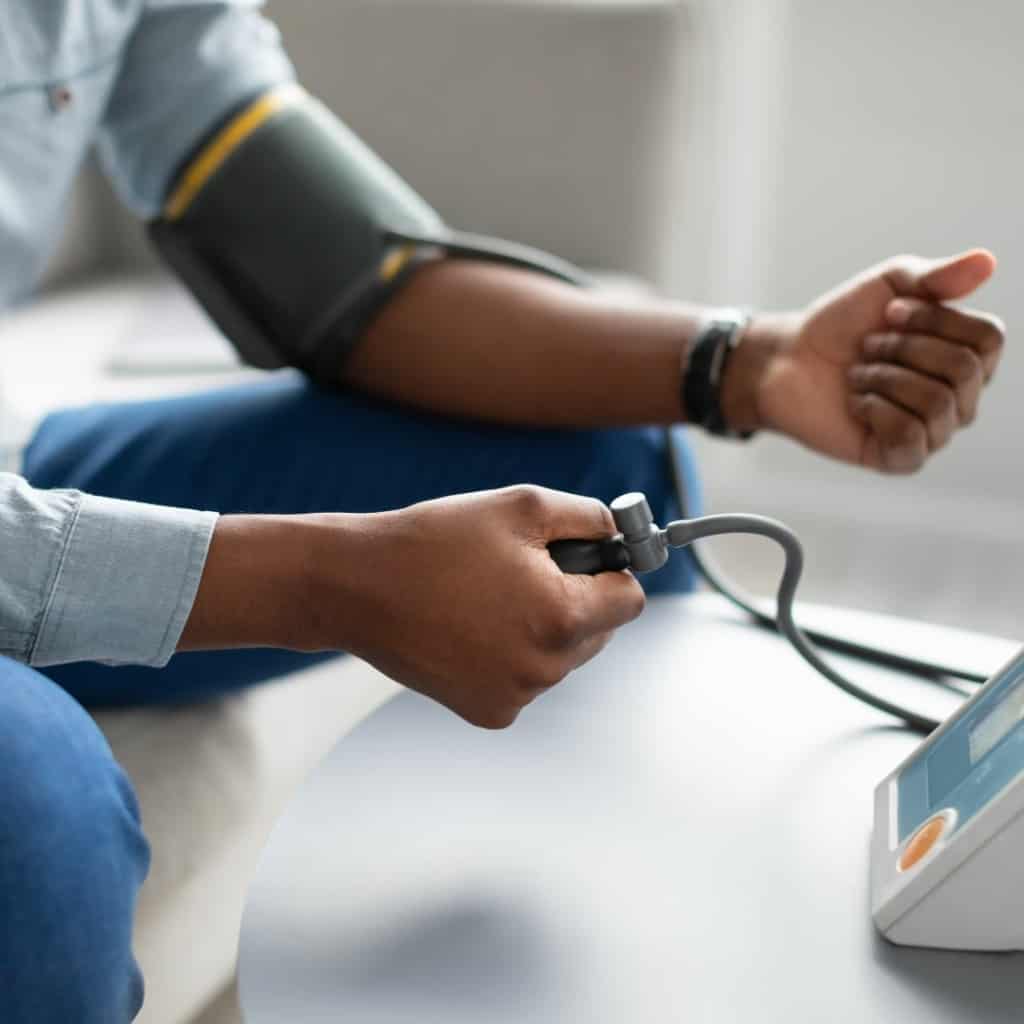
Accuracy and Limitations of Fitbit Blood Pressure Monitoring
When it comes to monitoring your blood pressure, Fitbit devices offer a convenient option. However, it’s important to understand the accuracy and limitations of these wearables.
Fitbit devices, such as the Fitbit Charge 2, provide heart rate monitoring through optical sensors. While these sensors offer the advantage of being non-invasive and continuous, they may not be as accurate as traditional blood pressure measurement methods.
Accuracy Fitbit devices generally measure your heart rate and not your blood pressure directly. While heart rate can be an indicator of blood pressure, it is not a direct measurement. Therefore, relying solely on your Fitbit could result in inaccurate readings.
Accuracy may be further compromised in some situations, such as during physical activity or emotional stress.
Studies Several studies have been conducted to assess the accuracy of Fitbit devices in monitoring heart rate. While the devices were found to be reasonably accurate in most cases, there were certain limitations observed.
For example, a study on the Fitbit Charge 2 showed that although it provided acceptable heart rate accuracy, the device had an error margin when compared to medical-grade equipment. However, it’s worth noting that these findings are not universally applicable to all Fitbit models.
Calibration Regular calibration of your Fitbit is essential for maintaining accuracy. Make sure to follow the manufacturer’s guidelines to ensure your device is properly calibrated. This may include steps such as wearing the device snugly – but not too tight – on your wrist and regularly updating the firmware.
Doctors and FDA Despite their convenience, Fitbit devices are not a substitute for professional medical advice or FDA-approved blood pressure monitors. It is important to remember that Fitbit devices are not FDA-cleared for medical use, and should be considered as supplementary tools for monitoring your heart rate and tracking your fitness goals.
Consult with your doctor for a comprehensive blood pressure assessment and to receive guidance on the most appropriate monitoring method for your needs.
Using a Fitbit device can offer insight into your heart rate and overall fitness. However, it’s important to be aware of the potential limitations and always to seek professional advice for accurate blood pressure monitoring.
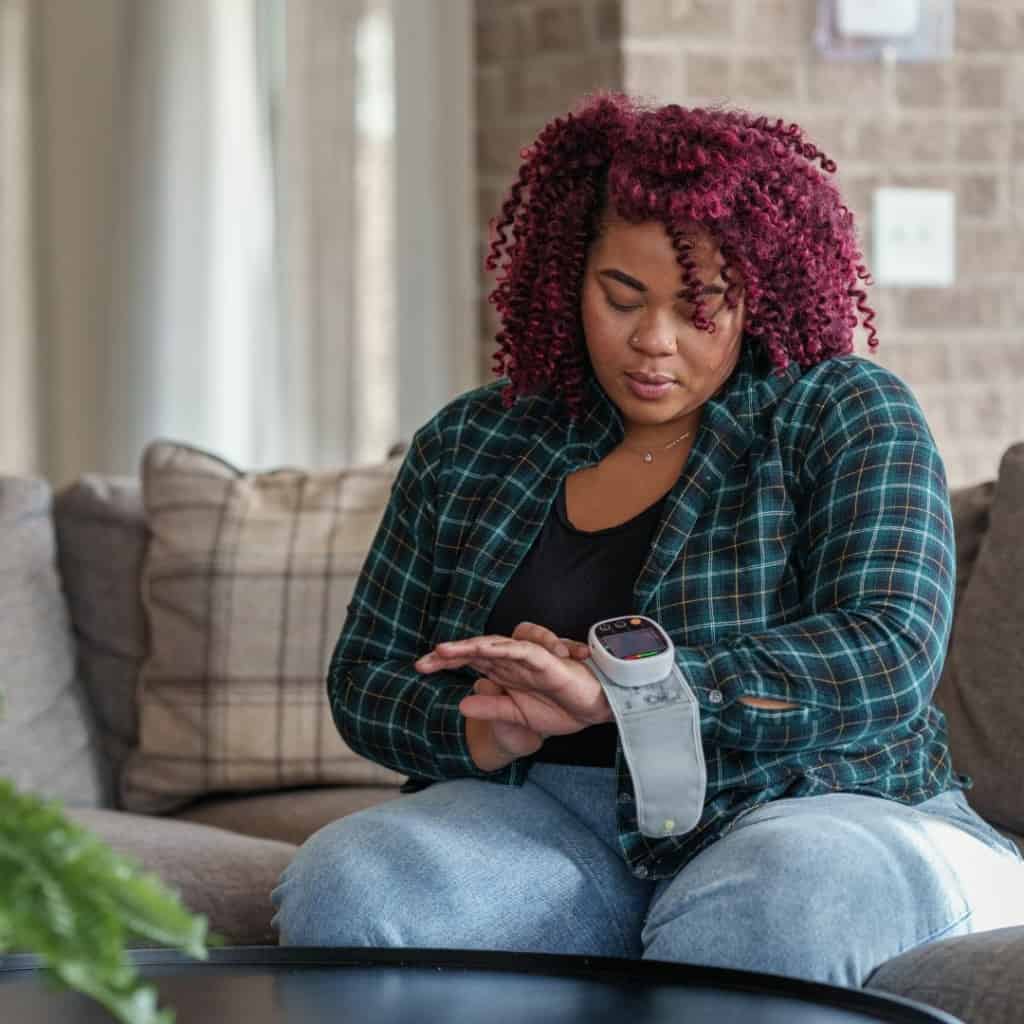
Comparison Between Fitbit and Competitors
When comparing Fitbit to its competitors, it’s essential to consider the devices offered by Apple, Samsung, Omron, and Google’s Pixel Watch. Each brand has its unique features, and they all serve the purpose of monitoring health and fitness activities, including blood pressure.
The Apple Watch SE is popular among consumers looking for an affordable yet feature-packed smartwatch. While it doesn’t have a built-in blood pressure monitor, third-party apps can give you blood pressure readings when connected to a compatible external blood pressure cuff. The Apple Watch also tracks other health metrics like heart rate, sleep patterns, and daily activity.
Samsung, another strong contender in the wearables market, offers the Samsung Galaxy Watch, which also does not have a direct blood pressure monitoring feature.
However, you can sync the watch with Samsung Health Monitor app to gain insights into your blood pressure trends and other health data. The Galaxy Watch also tracks essential fitness metrics, such as steps, sleep, and heart rate.
The Omron 10 Series blood pressure monitor is a dedicated device for measuring blood pressure and resting heart rate. While it’s not a wearable like Fitbit, Apple Watch, or Samsung devices, it’s a reliable and accurate tool specifically designed for blood pressure monitoring.
Google has yet to release its Pixel Watch, but it’s expected to come with several health and fitness tracking features, just like Fitbit devices. Be sure to watch the Pixel Watch once it becomes available, as it may include blood pressure monitoring capabilities and other health tracking functionalities.
While Fitbit devices do not have built-in blood pressure monitors, neither do their competitors like Apple, Samsung, and Google at the moment. However, you can use your Fitbit devices in conjunction with compatible external blood pressure cuffs, such as the Omron 10 Series, to monitor your blood pressure alongside other vital health metrics.
How Fitbit Aids in Maintaining Cardiovascular Health
By monitoring your heart rate and daily activities, Fitbits empower you to take a more proactive approach to your cardiovascular health.
Physical activity reduces the risk of heart disease and acts as a preventative measure against hypertension and high blood pressure. With Fitbit trackers, you can set goals, and measure your progress in an effort to stay motivated to maintain an active lifestyle.
Fitbits also assist you in managing your weight, which is an essential factor in preventing heart disease. Many Fitbit devices allow you to track calories burned and consumed, helping you maintain a healthy diet and balance your energy intake with your expenditure.
Sleep tracking is another valuable feature offered in many Fitbit devices. A lot of times, sleep is often overlooked when it comes to cardiovascular health. Poor sleep quality has been linked to an increased risk of heart disease and stroke.
Fitbit’s sleep tracking function helps you understand your sleep patterns and encourages you to develop good sleep hygiene, which is a vital part of maintaining overall heart health.
Some Fitbit devices also offer blood oxygen level monitoring, which can help detect irregularities in your cardiovascular system, such as atrial fibrillation (Afib).
Afib is a common type of irregular heartbeat and can increase your risk of stroke and other heart-related complications. By monitoring your blood oxygen levels, you may be able to spot warning signs early and address any potential issues with your healthcare provider.
Fitbit devices offer a range of features that support your cardiovascular health, including tracking physical activity, weight management, sleep monitoring, and even blood oxygen level monitoring.
By using Fitbit as a helpful health-tracking tool, you can take effective steps towards a healthier heart and reduce your risk of serious cardiovascular complications.
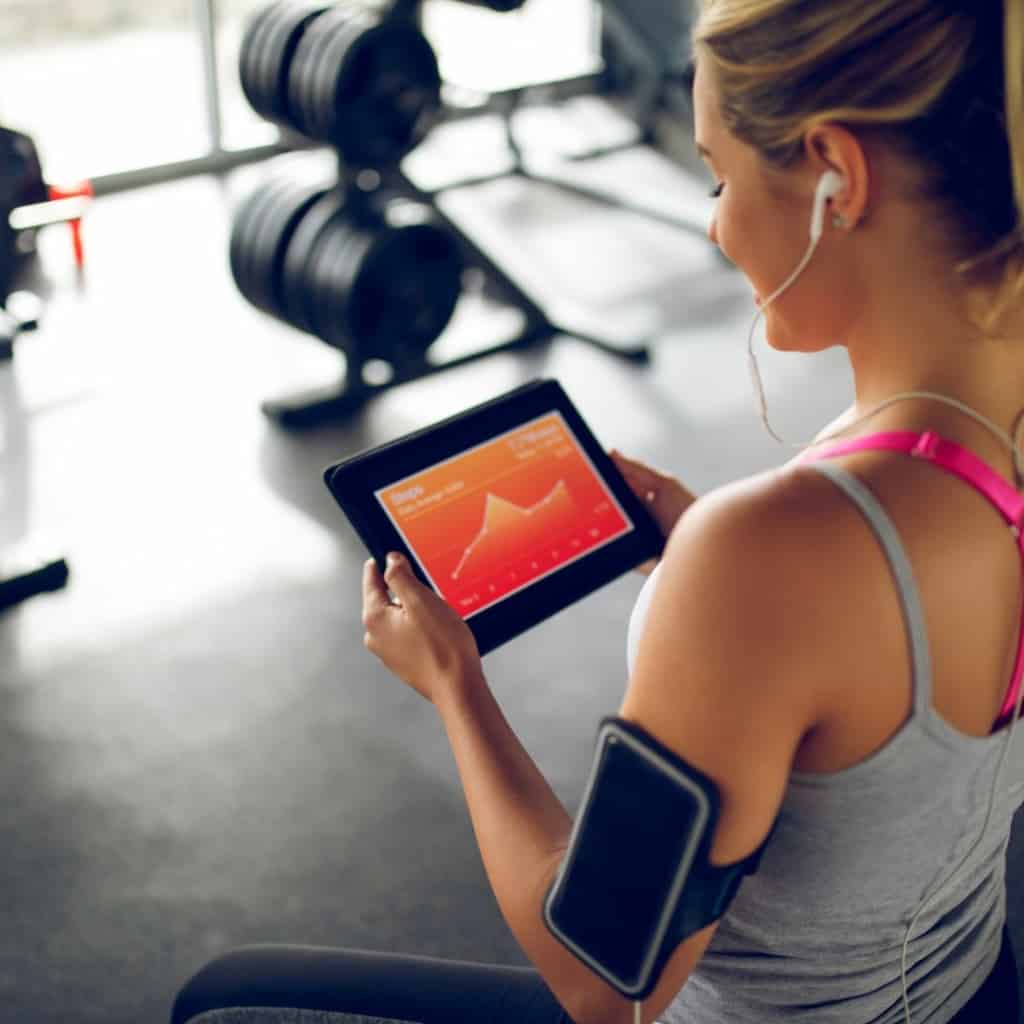
Future Developments in Blood Pressure Monitoring on Fitbit Devices
As wearable technology continues to advance, you can expect more sophisticated features for blood pressure monitoring in Fitbit devices, such as the popular Fitbit Sense 2.
These improvements are likely to come from various innovations, including new patents and technologies, FDA-approved algorithms, and enhanced pulse transit time (PTT) measurements.
Smartwatch companies continue to invest in research and development to create and refine features that cater to users’ health needs. One such area of focus is blood pressure monitoring.
An important consideration for future devices is the potential for FDA-cleared blood pressure algorithms, which can offer increased accuracy and reliability. This would ensure that Fitbit devices can provide medical-grade measurements, inspiring greater trust in their capabilities.
In addition to algorithm development, there are also aspirations to improve pulse transit time measurements. PTT is a technique used to estimate blood pressure levels by measuring the time a pulse wave travels between two points in the arterial system.
Fitbit may leverage upcoming technological advancements in PTT to offer more precise blood pressure monitoring.
Another exciting potential development is the integration of an ECG feature. By incorporating electrocardiogram capabilities in the Fitbit Sense 2, users would be able to not only track their blood pressure but also monitor their heart’s electrical activity. This added feature would make the device an even more comprehensive health-monitoring tool.
Lastly, the continuous innovation within the wearable technology space is fostering healthy competition among smartwatch companies.
Expect to see novel advancements that enhance the functionality and user experience of blood pressure monitoring on Fitbit devices. As these improvements are implemented, your ability to maintain a healthier lifestyle by closely tracking your vital signs will only be further supported.
Frequently Asked Questions
Can Fitbit measure blood pressure?
Currently, Fitbit devices do not directly measure blood pressure. However, they can monitor your heart rate and other metrics that may help you keep track of your overall health. To measure blood pressure, you will still need to use a dedicated blood pressure monitor like the Omron 10 Series.
How to check blood pressure on Versa 2?
As mentioned above, the Fitbit Versa 2 cannot directly measure blood pressure. It can track your heart rate, sleep, and activity levels, which can be helpful in managing your overall health. To check your blood pressure, you should use a dedicated blood pressure monitor, follow your healthcare provider’s guidelines, and enter the data into your Fitbit app to track changes over time.
What are the best Fitbits for blood pressure monitoring?
While no Fitbit device can directly measure blood pressure, some models offer features that may be helpful in tracking your overall health and managing conditions related to blood pressure. The Fitbit Versa 2, Versa 3, and Sense offer more comprehensive health tracking options, including detailed heart rate monitoring and stress management tools.
Is there a Fitbit blood pressure app?
Fitbit does not have a native app specifically designed for blood pressure monitoring. However, you can log your blood pressure readings manually in the Fitbit app, which allows you to track changes over time and better understand the relation between blood pressure, exercise, and other health factors.
Can I record my blood pressure in Fitbit app?
Yes, you can manually record your blood pressure readings in the Fitbit app. To do this, navigate to the “Health Metrics” section, select the blood pressure option, and input your data. Tracking your blood pressure readings can help you understand how your lifestyle choices and overall health are connected, especially if you discuss your data with your healthcare provider.
Do Fitbits measure blood pressure and oxygen levels?
Fitbit devices do not directly measure blood pressure, but some models (such as the Fitbit Sense, Versa 2, and Versa 3), do provide blood oxygen saturation readings (SpO2). These readings can provide information on your body’s oxygen levels during sleep, which can be useful in understanding sleep quality and overall wellness. However, remember that these features are not substitutes for proper medical evaluation and professional guidance.
![Fitbit Blood Pressure Monitor Watch (2023) 6 Apple Watch SE (2nd Gen) [GPS 40mm] Smart Watch w/Starlight Aluminum Case & Starlight Sport Band -...](https://m.media-amazon.com/images/I/31SVp4zggpL.jpg)

